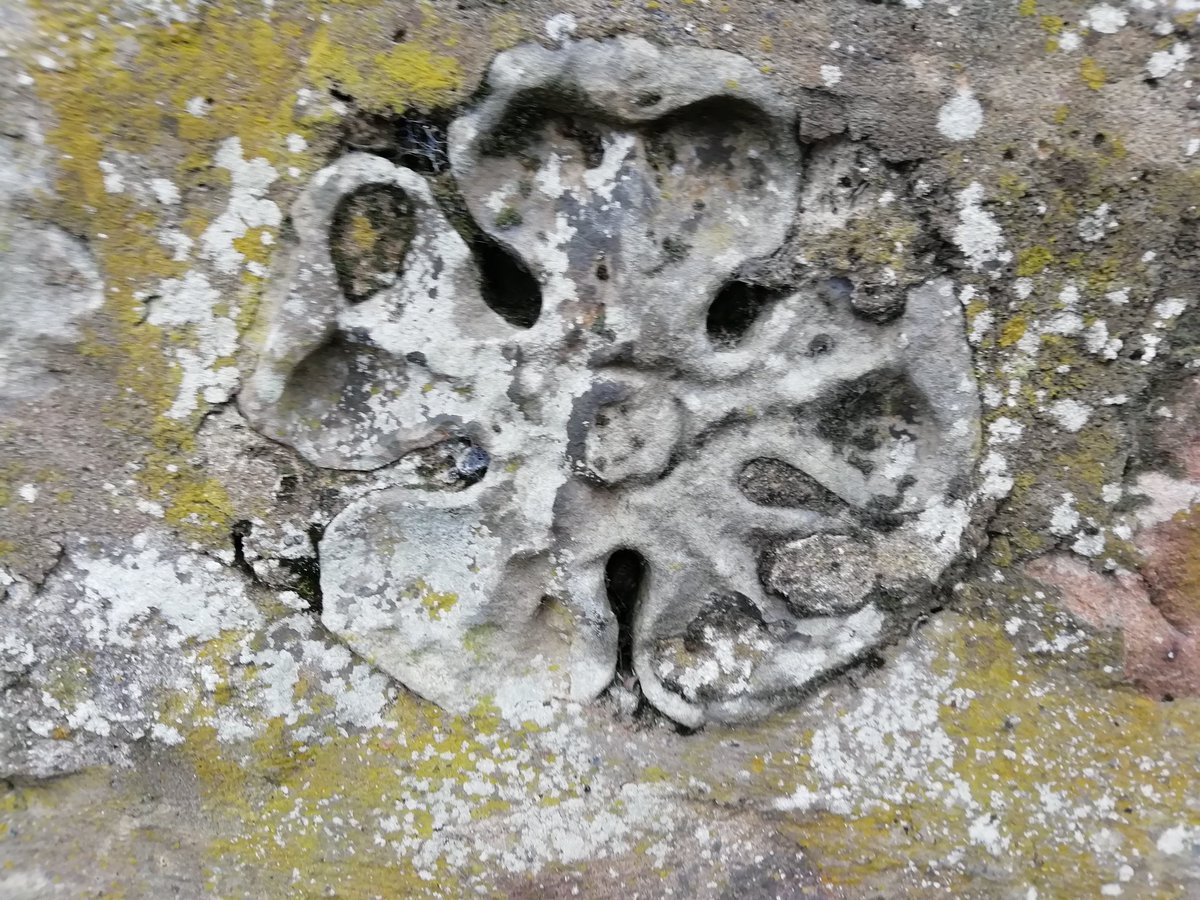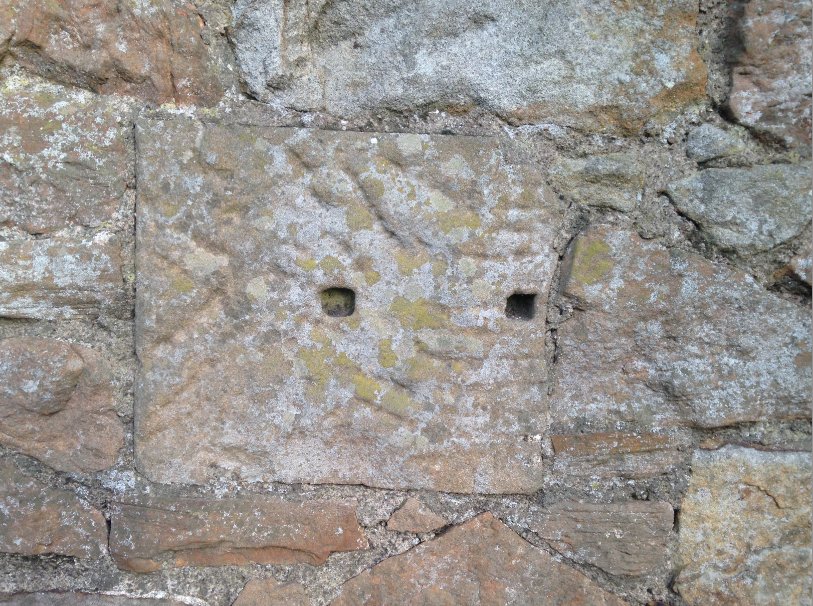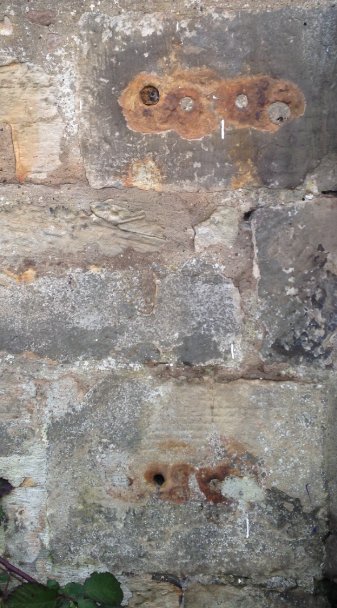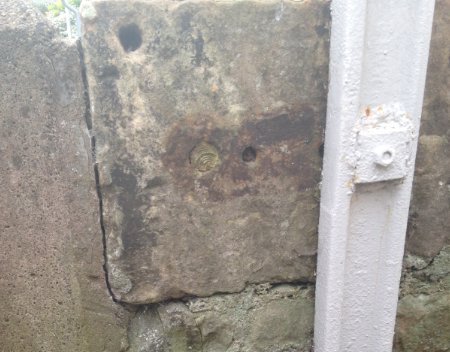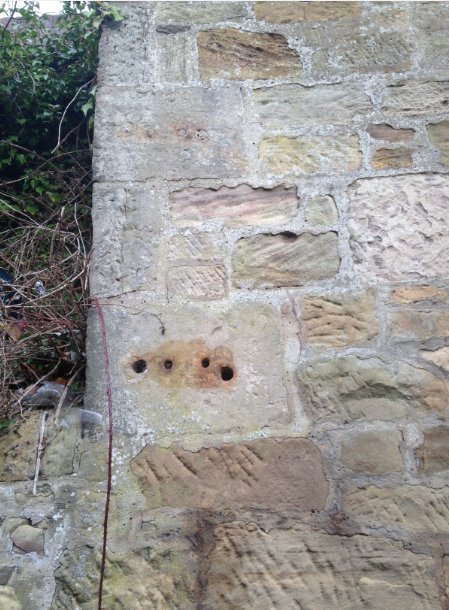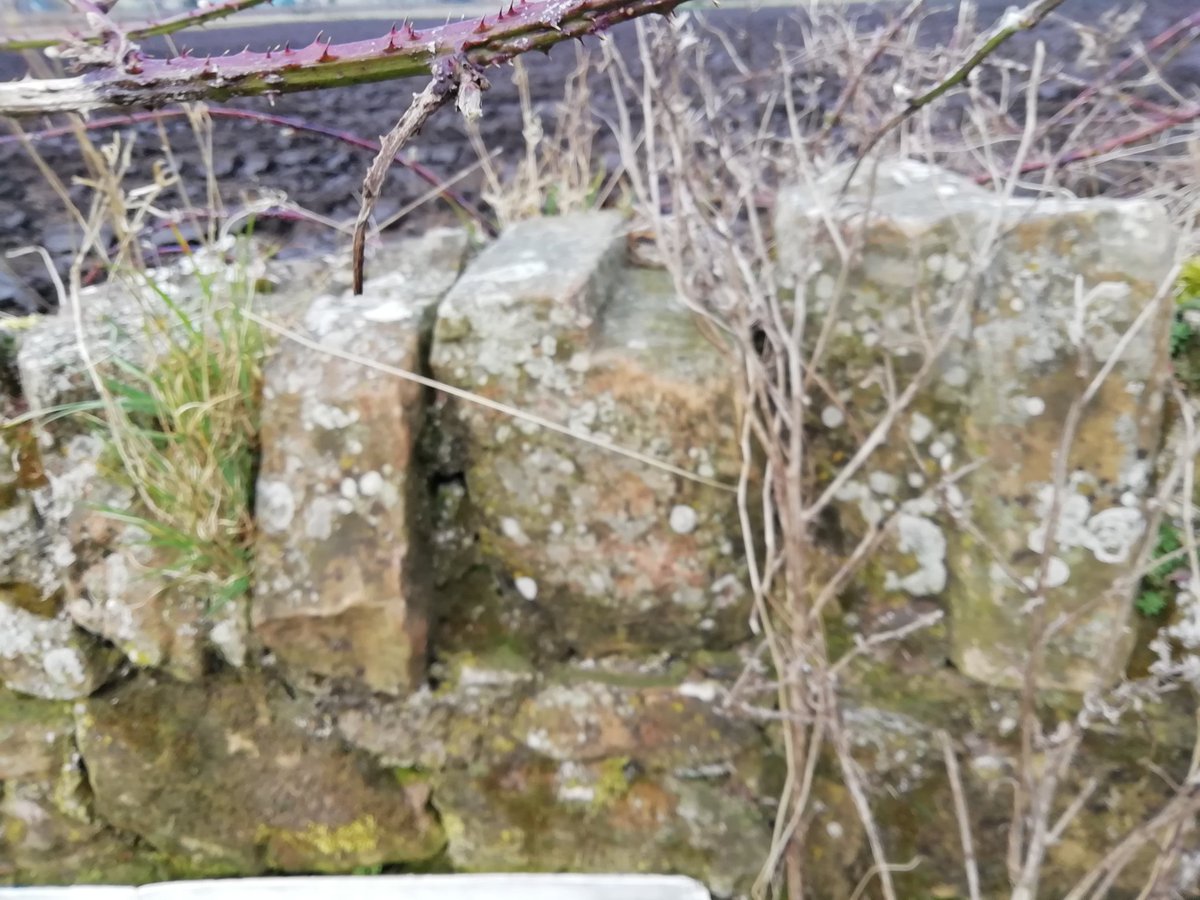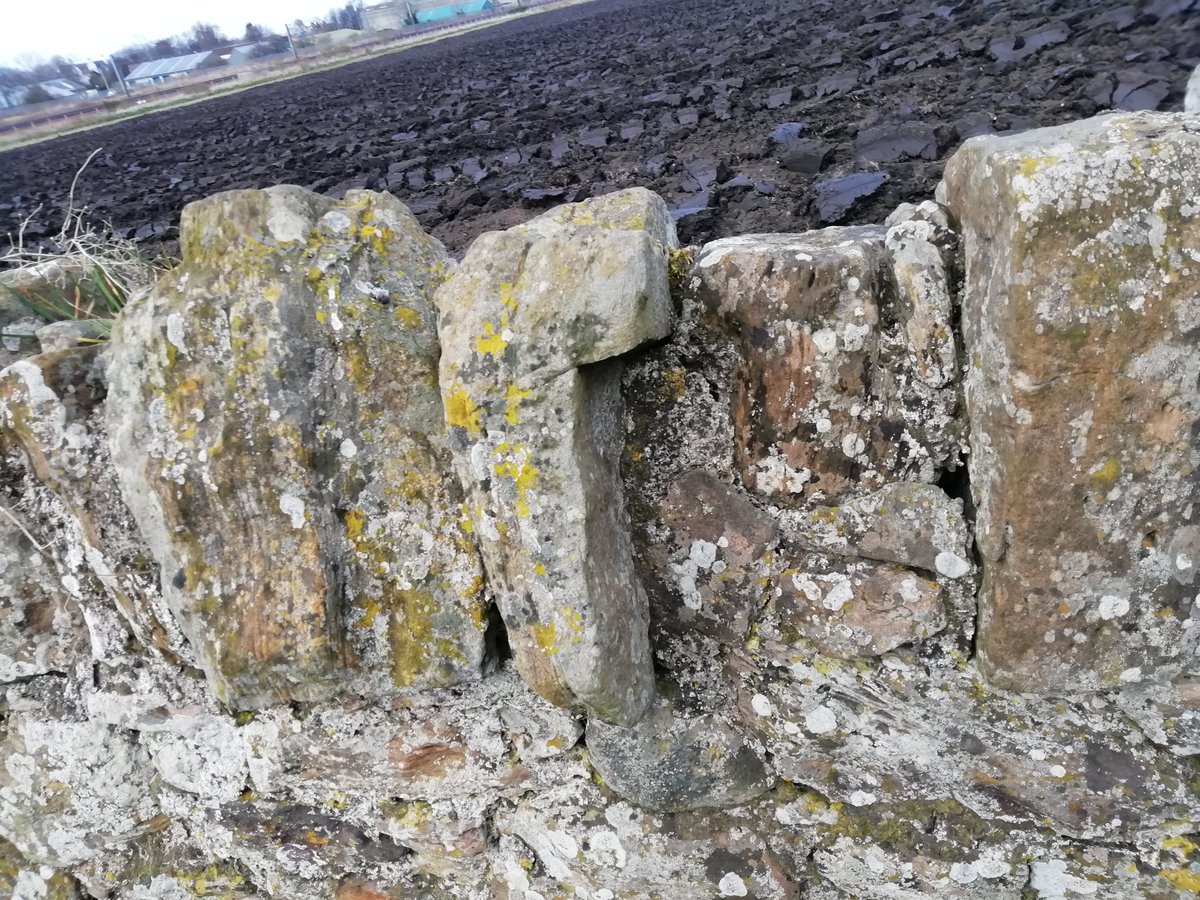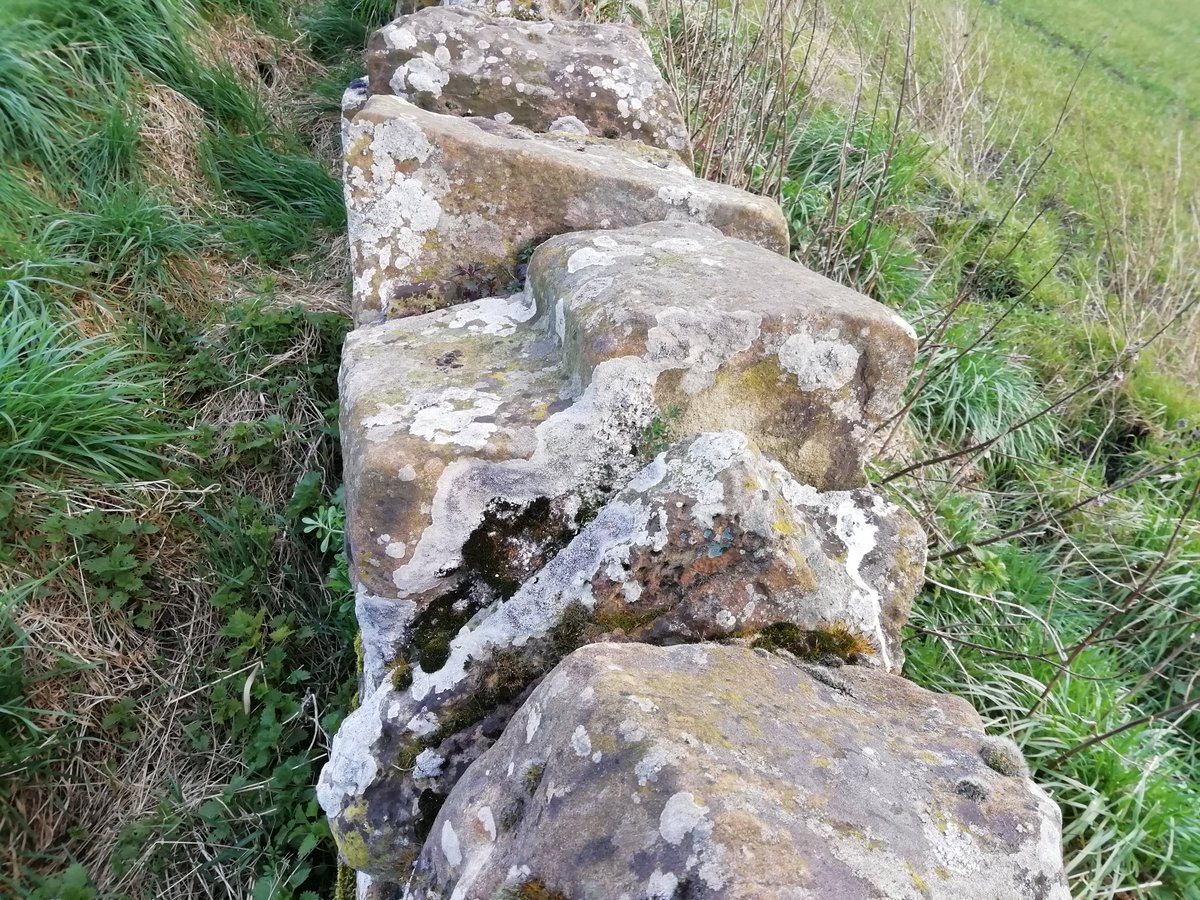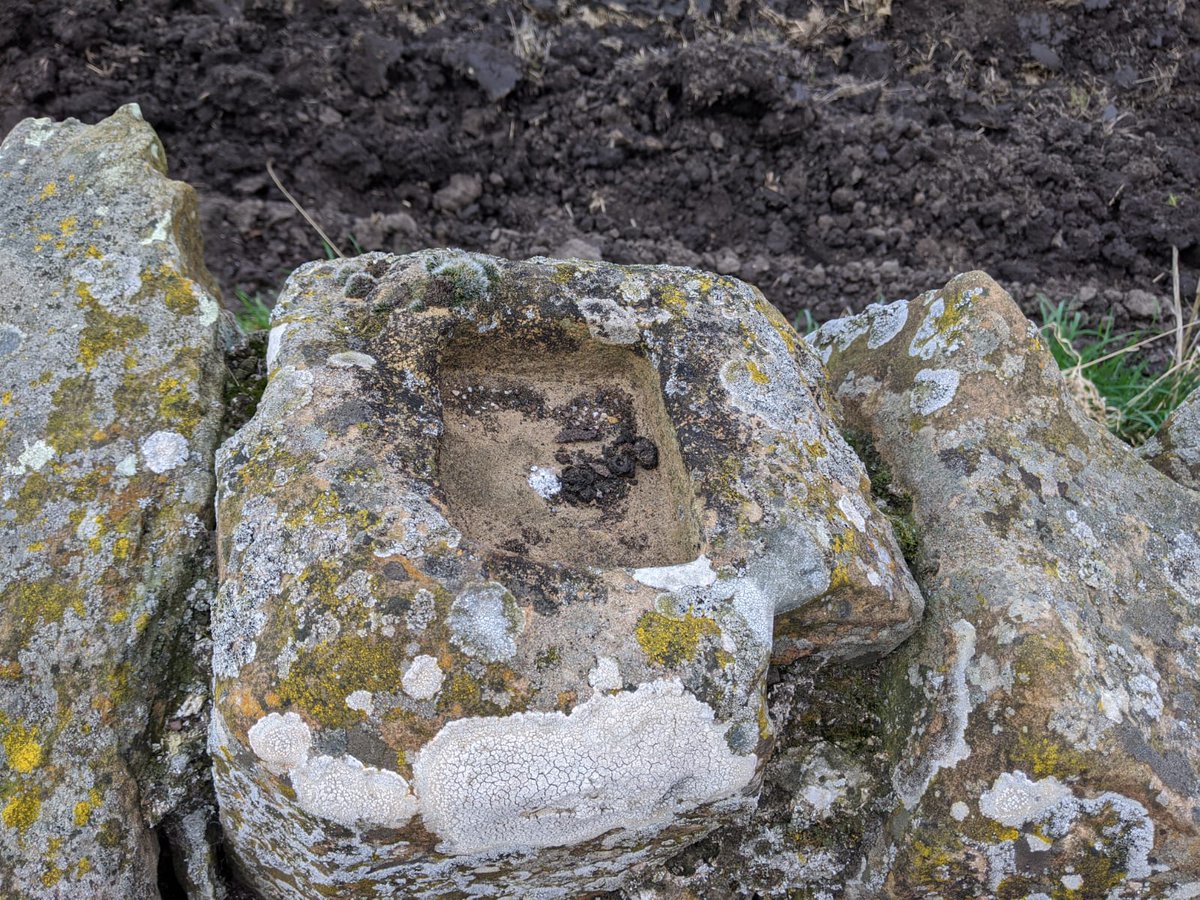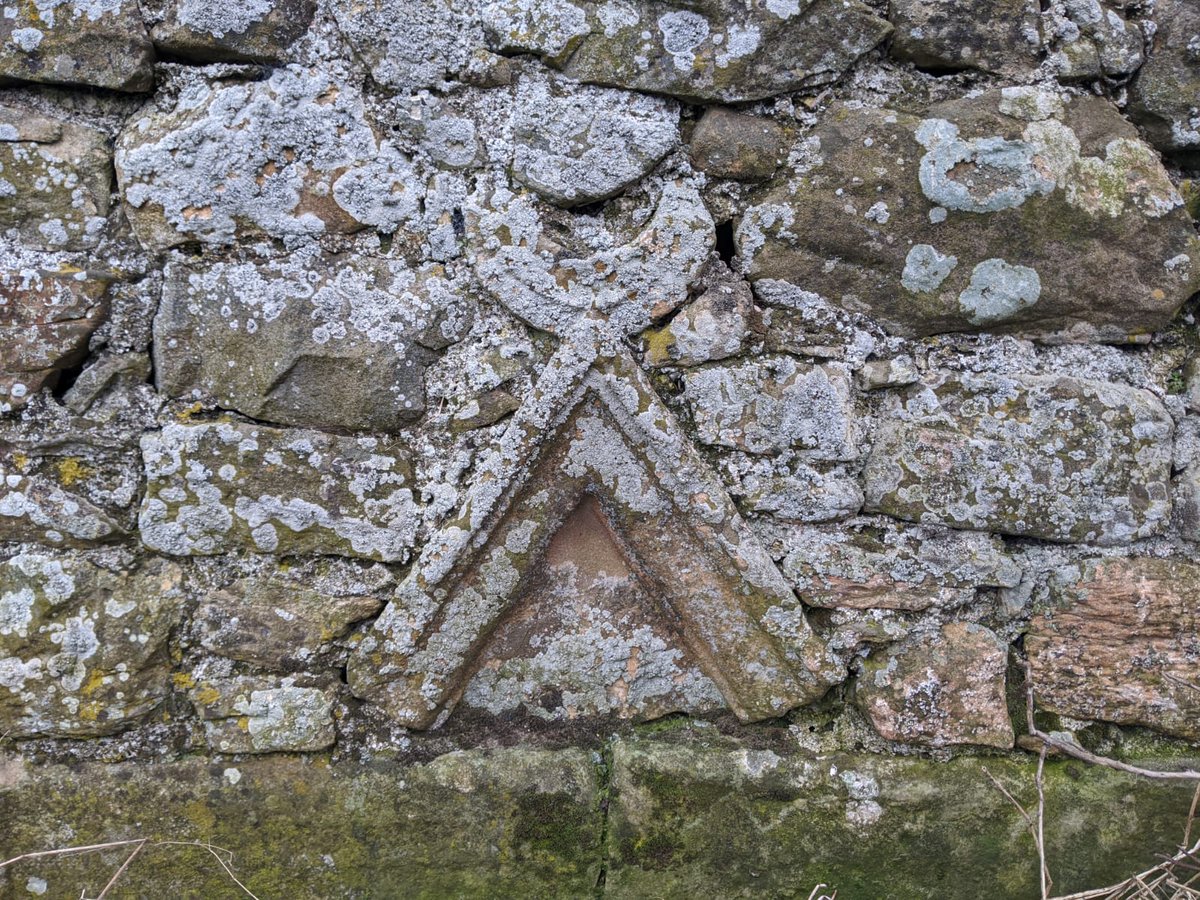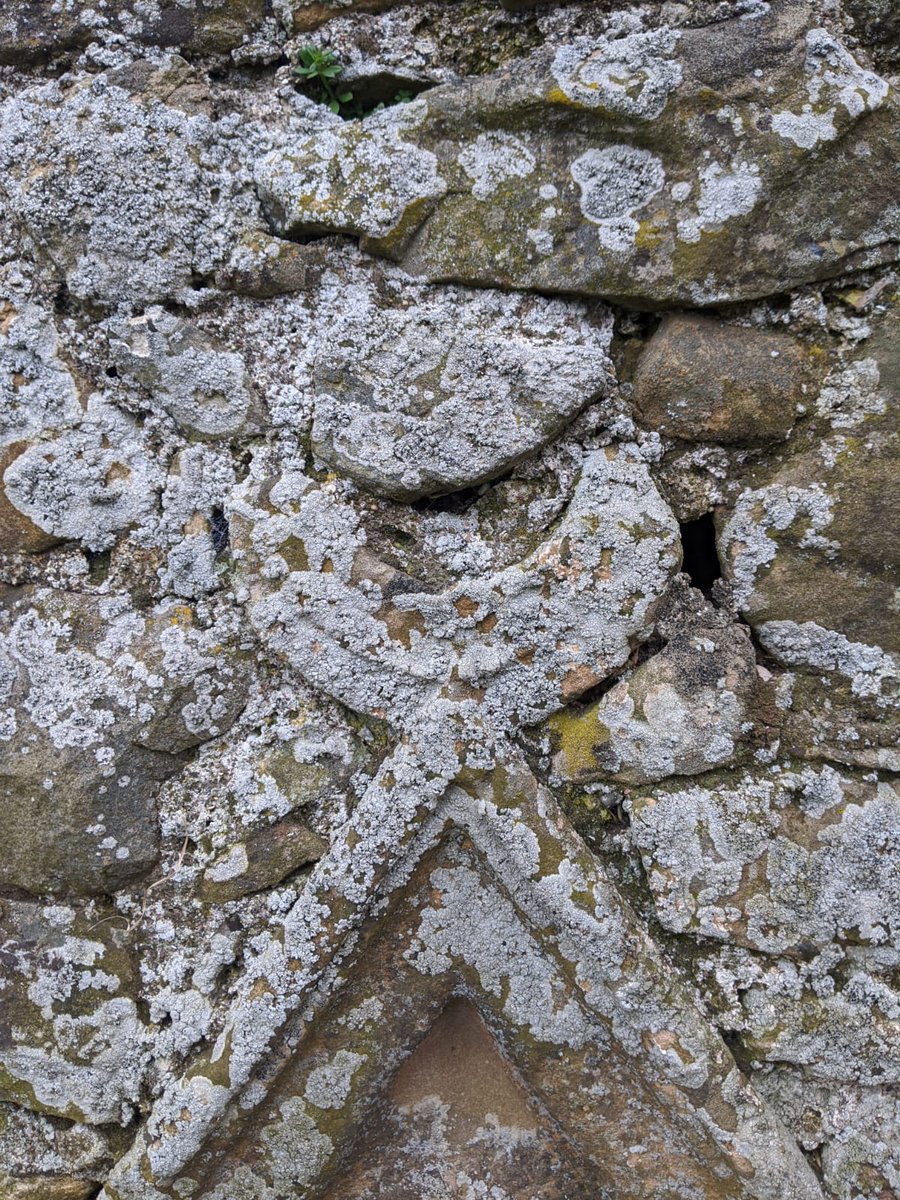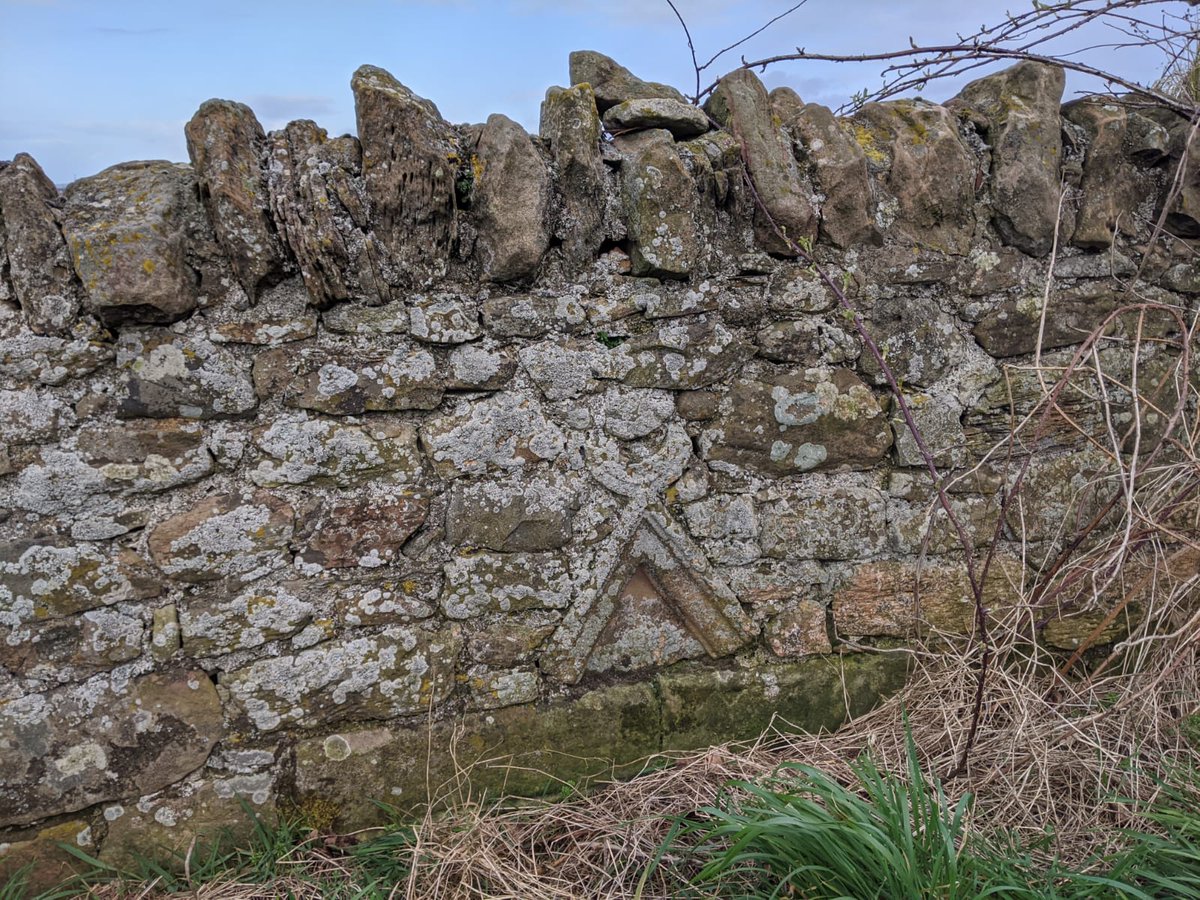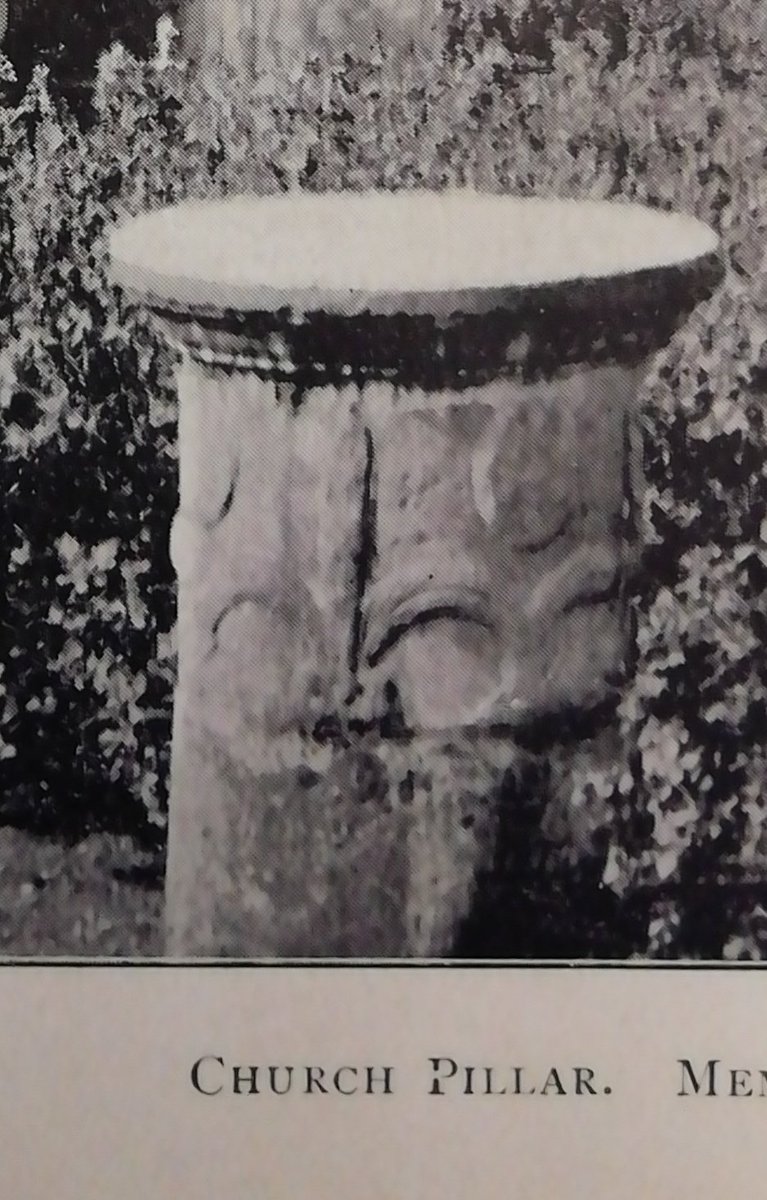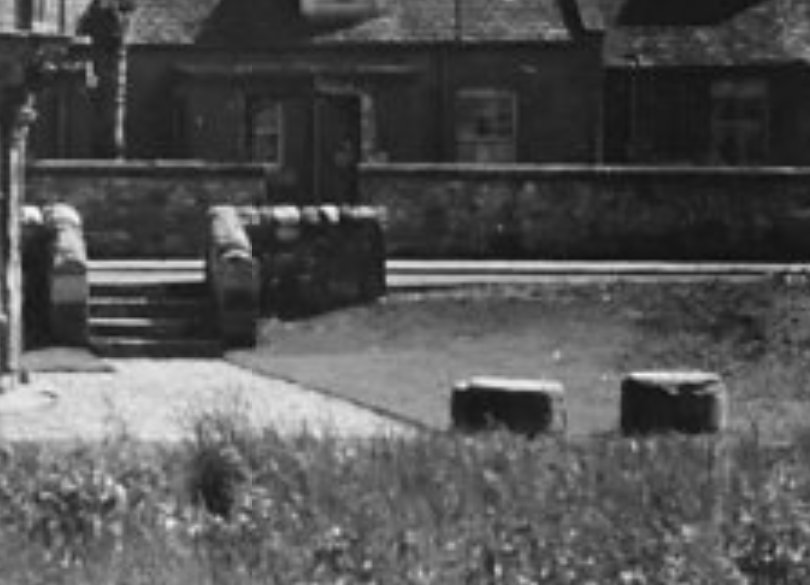So, for today& #39;s late-night thread of oddities I want to talk about walls. Don& #39;t you dare scroll past. Stay with me!
More precisely I& #39;m going to talk about some interesting worked stones to be found, if you know where to look, dotted around various walls in Prestonpans. (1/12)
More precisely I& #39;m going to talk about some interesting worked stones to be found, if you know where to look, dotted around various walls in Prestonpans. (1/12)
Like these wonderful 18th century carved roses, for example, that are embedded and thoroughly camouflaged in the boundary wall of a mid 20th century bungalow in the centre of the town. (2/12)
They most likely came from the nearby Preston House that was completely demolished in the 1920s and sat just up the hill from the bungalow.
It was once the home to the ardent Jacobite and notorious kidnapper Lord Grange, but it fell into ruin in the early 19th century. (3/12)
It was once the home to the ardent Jacobite and notorious kidnapper Lord Grange, but it fell into ruin in the early 19th century. (3/12)
On a wall opposite the former site of the Preston House is this little oddity.
Hard to say what it once was. It& #39;s clearly been seriously worked and the two holes may once have held wooden dowels to fix an external plate or perhap iron fixings. (4/12)
Hard to say what it once was. It& #39;s clearly been seriously worked and the two holes may once have held wooden dowels to fix an external plate or perhap iron fixings. (4/12)
Or these beauties that form majority of stones in retaining wall that holds up the soil banking behind Prestonpans Railway Station.
Most likely stone sleepers ripped up from the nearby @1722waggonway. You can still see the rusty footprints of the shoes that held the rails (5/12)
Most likely stone sleepers ripped up from the nearby @1722waggonway. You can still see the rusty footprints of the shoes that held the rails (5/12)
In truth you can find unusual stones that once formed parts of other structures reused in walls all over Prestonpans, but none compare with those found in a field boundary wall on the edge of town
You get an inkling this is no ordinary wall from some standout wall-toppers (6/12)
You get an inkling this is no ordinary wall from some standout wall-toppers (6/12)
There are so many of them - pieces of window tracery, door frames, carved wall pieces and possible chunks of columns - that they must have come from one or more particularly fabulous high-status local building(s) (7/12)
Even these though pale in comparison however to this incredible carved stone as bout halfway along the wall that& #39;s been puzzling antiquarians and historians for about 150 years. (8/12)
Local minister Rev Dr Struthers drew this sketch of it in the mid 19th century (reproduced in 1902).
The inscription was apparently barely legible 120 yrs ago but is entirely gone now. It was probably once a door lintel and the pyramid may have adorned a dormer window. (9/12)
The inscription was apparently barely legible 120 yrs ago but is entirely gone now. It was probably once a door lintel and the pyramid may have adorned a dormer window. (9/12)
Local antiquarian Peter MacNeill speculated in 1902 that some of these stones may have come from a local pre-Reformation church or grange that was razed by English troops in 1544.
As evidence, he pointed to fragments of a pillar that were located near the Mercat Cross. (10/12)
As evidence, he pointed to fragments of a pillar that were located near the Mercat Cross. (10/12)
Probably assembled into an ornamental garden sun dial in the 19thC, the disparate pieces of pillar had been dismantled by the 1950s and have unfortunately since disappeared altogether.
So, if you happen to see them lying in a garden or any other interesting specimens... (11/12)
So, if you happen to see them lying in a garden or any other interesting specimens... (11/12)
When you are next in Prestonpans do give me a shout, probably best on my own account ( @AddictedToTweed) as I am only curating this one until tomorrow.
Right, that& #39;s me done for today. I& #39;m off to dream about beautiful walls with stories to tell, like these. Nighty night! (12/12)
Right, that& #39;s me done for today. I& #39;m off to dream about beautiful walls with stories to tell, like these. Nighty night! (12/12)

 Read on Twitter
Read on Twitter
